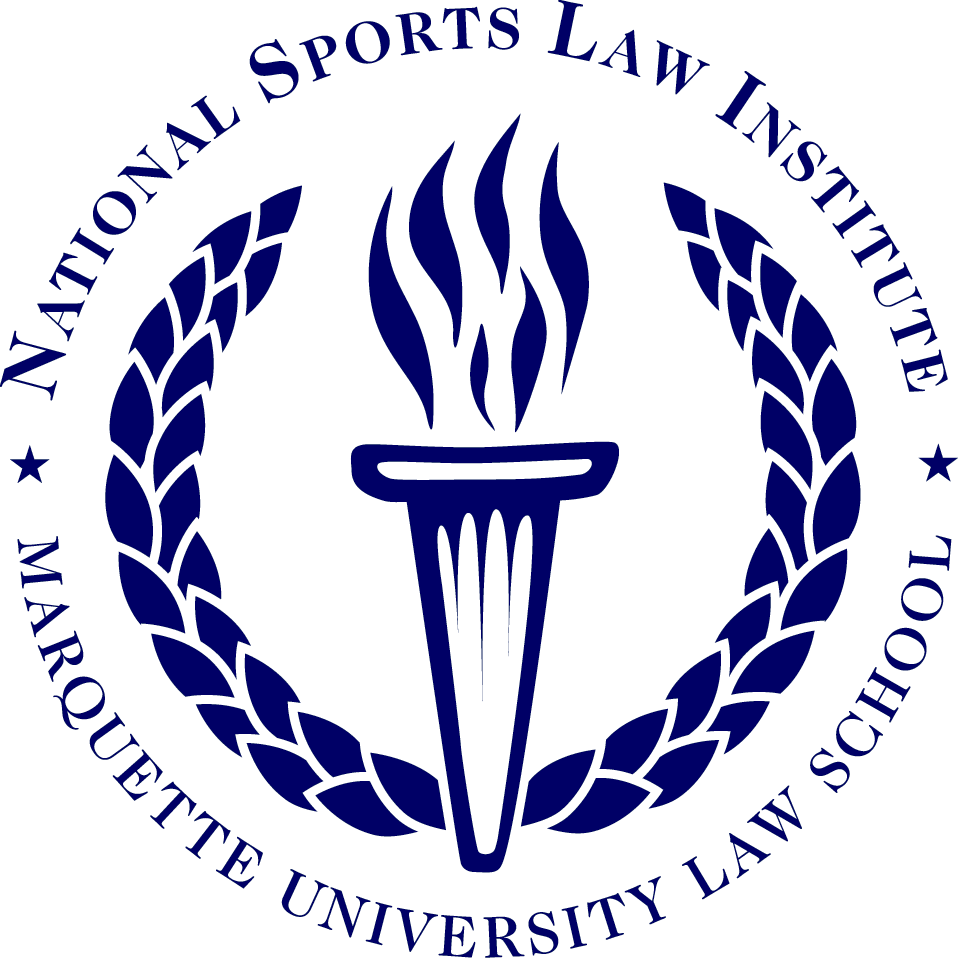
In 1999, the National Sports Law Institute published its first survey to identify sports law courses and extracurricular activities currently offered at U.S. law schools, which was repeated in 2003.
From May of 2009 until March of 2010, the NSLI again surveyed members of the American Association of Law Schools (AALS) to determine sports law’s prevalence as an area of study.
Each survey focused on the following areas:
- Courses offered
- Professors teaching these courses (full time or adjunct)
- Student organizations
- Journals or law reviews
- Internship opportunities
- Other activities or opportunities available to students
In addition, recognizing the overlap in instruction between sports and entertainment law, the 2003 and 2009-2010 surveys requested information relating to both sports law and entertainment law courses.
The following executive summary provides an overview of the results obtained from the 2009-2010 survey. As appropriate, comparisons are made to the results of the 1999 and 2003 surveys as well.
2010 Executive Summary
The 2009-2010 survey results again show that a majority of respondents continue to offer at least one sports law course. Overall, the number of survey responses was much lower than previous surveys and has declined from 116 responses in 1999, to 80 in 2003, and 55 in 2009-2010. Regardless, the 55 responses for the recent survey out of the 198 schools surveyed for the most recent survey (including all AALS members and fee-based schools) provides a 28% response rate. Overall, 95% (52 of the 55) of the schools who responded to the survey offer at least one sports law course.
Consistent with past survey results, there are several schools that offer more than one sports law course. In 1999, 11% (13 out of 116) of the schools who responded offered more than one sports law course. In 2003, this percentage rose to 21% (17 out of 80). The current survey found similar results with 25% (14 out of 55) of the respondents offering more than one sports law course. Specifically, the following schools offer at least two sports law courses: South Texas College of Law, Tulane University Law School, University of Toledo College of Law, Western New England College School of Law, Whittier Law School, and Willamette University College of Law. Moreover, the following schools offer three or more courses; Duke University School of Law (7 courses), Indiana University School of Law -
Indianapolis (3 courses), Florida Costal School of Law (7 courses), Marquette University Law School (11 courses), Santa Clara University School of Law (3 courses), the University of Illinois College of Law (3 courses), and the University of Tulsa College of Law (3 courses).
The data from the three surveys also shows that since 1999, there has been a significant increase in schools that are offering sports law courses taught by full-time faculty. The number of schools with full-time faculty teaching sports law courses has increased from 27% (29 of 116) in 1999, to 48% (32 of 80) in 2003, and to 71% (39 of 55) in 2010. This trend shows that schools have devoted the resources necessary to have full-time faculty members teaching these courses. This commitment of full-time faculty resources demonstrates that more law schools recognize the educational value of having sports law courses as part of their curriculum. In addition, full-time professors can be proactive in encouraging and supervising student journals, sports law societies, and other activities as they tend to be on campus more frequently and have more direct contact with students beyond the classroom than adjunct professors.
Other interesting results from the 2009-2010 survey, include:
- Three schools (6%), Florida Coastal School of Law, Marquette University Law School, and Tulane University Law School, provide students the opportunity to earn a certificate of specialization in sports law.
- Three schools (6%) publish a sports law review or journal, 4 schools (7%) publish an entertainment law review, and Florida Coastal School of Law publishes the online Journal of NCAA Compliance. While the 1999 survey did not quantify the number of schools with law reviews, or journals, the 2003 survey mirrors the 2009-2010 survey results.
- Forty-four schools (80%) reported that they have a student sports or entertainment law society. Specifically, 9 schools (20.4%) have a sports law society, 1 school (2.27%) has an entertainment law society, 2 schools (4.5%) have both sports and entertainment law societies, 30 schools (68%) have a combined sports and entertainment law society, and 2 schools (4.5%) responded affirmatively to this question without providing any specific information. Overall, the number of student organizations devoted exclusively to sports law has decreased since the 2003 survey from 29% to 20.4%.
- Of the 55 respondent schools, 28 (51%) reported details of internship or other opportunities available to students who want to work in the sports industry. This is a significant increase from the 2003 survey in which only 4 schools (5%) reported such opportunities; this question was not part of the 1999 survey.
- Twenty (36%) of the 55 schools reported they enter student teams that participate in the National Sports Law Moot Court competition. This is an increase from the 2003 survey that found that 16% (13 of 80) of the schools provided this opportunity.

